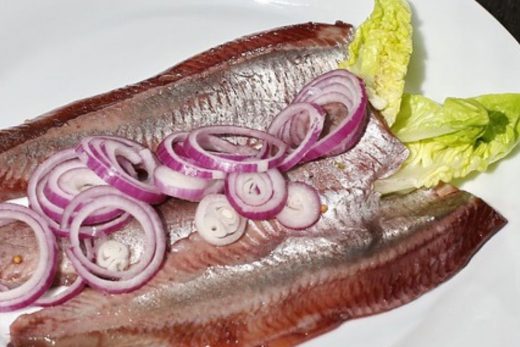But scientists and entrepreneurs promised solutions. A full two acres of the Agriculture building in St. Louis were dedicated to the Pure Food Exhibit. Forty brands of ketchup were displayed side by side to show how chemical analysis could expose which were pure and which were adulterated, including one determined by the Kentucky Food Department to be “made from tomato peelings and heavily filled with starch, colored aniline dye and preserved with benzoic acid.” Manufacturers touted a dazzling array of new, supposedly healthful items, like Cottolene shortening—a lard substitute made from cottonseed oil that “shortens your food, lengthens your life.” The Genesee Pure Food Co. of Le Roy, New York, proudly displayed a brand-new gelatin product that was transported from its sanitary factory to consumers in sealed packaging. It bore the brand name Jell-O.
The St. Louis World’s Fair, in other words, took place right at the moment when many of the key elements of modern foodways were being introduced to the world. Though the specific icons of modern American eating—the hamburger, the hot dog, the ice cream cone—might not have been literally invented at the World’s Fair, the conditions necessary for their arrival had, for the first time, been drawn together and illuminated in a single space.





